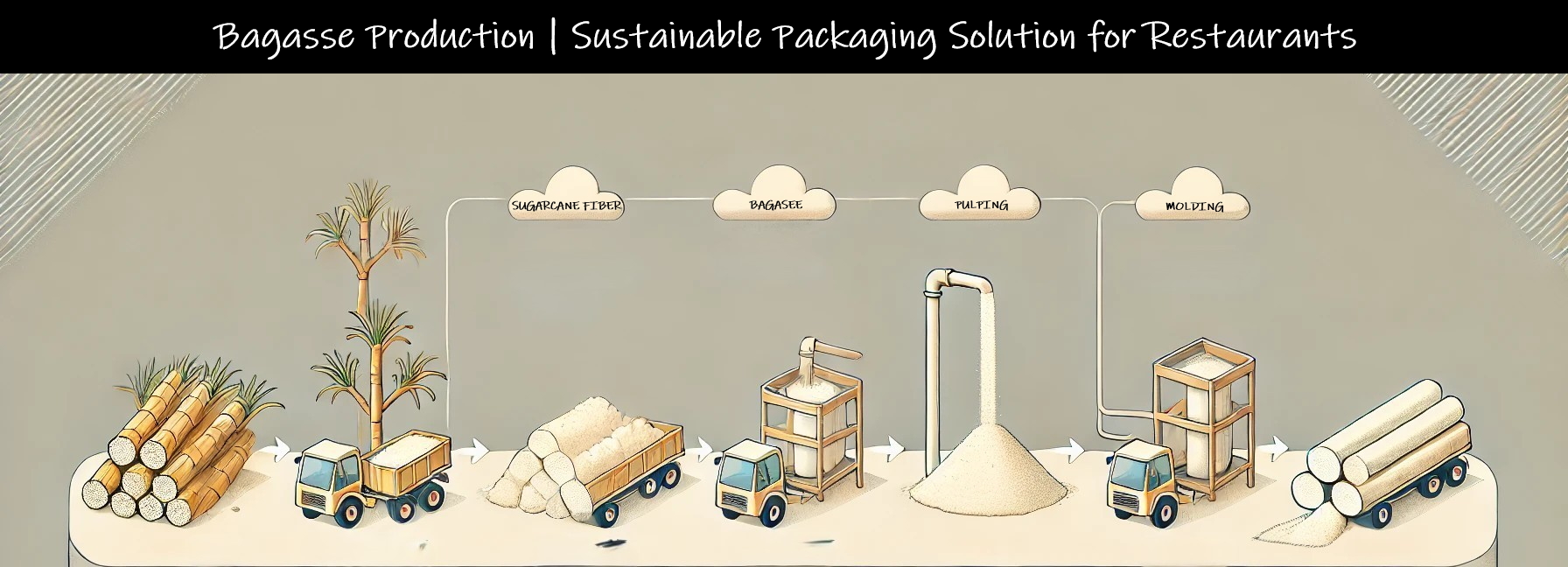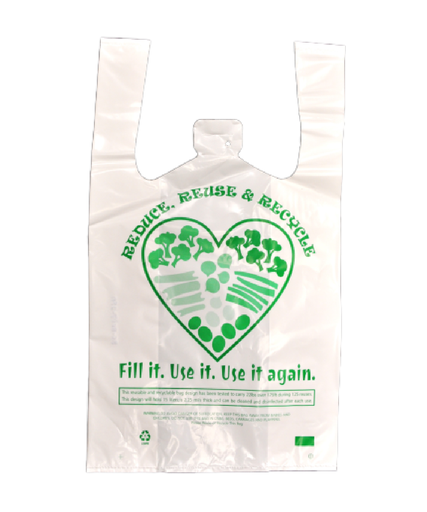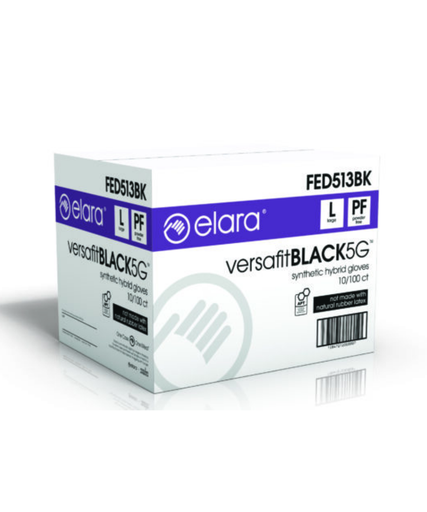In recent years, sustainability has become a major focus in the food and hospitality industry, with restaurants seeking eco-friendly alternatives to traditional plastic and Styrofoam packaging. One such alternative is bagasse, a biodegradable and compostable material derived from sugarcane. But how is bagasse produced, and what are its advantages and disadvantages for restaurants? Let’s explore the production process and weigh the pros and cons of using bagasse packaging in the restaurant business.

What is Bagasse and How is it Produced?
Bagasse is the fibrous byproduct left after sugarcane stalks are crushed to extract their juice for sugar production. Instead of discarding this material as waste, it is processed and repurposed into sustainable packaging solutions, including plates, bowls, takeout containers, and cups.
Bagasse Production Process:
- Sugarcane Harvesting: Sugarcane is grown and harvested for sugar production. Once the juice is extracted, the leftover fibrous material is collected.
- Pulping: The collected bagasse is washed and processed into a pulp by breaking down the fibers using water and mechanical processes.
- Molding & Drying: The wet pulp is then pressed into molds to form desired shapes, such as food containers and plates. It is then dried at high temperatures to ensure durability.
- Final Treatment: Some bagasse products receive a natural water-resistant coating to improve functionality, making them suitable for hot and cold foods.
This process creates a versatile, durable, and eco-friendly alternative to traditional restaurant packaging. However, like any material, bagasse has both benefits and drawbacks that restaurants should consider before making the switch.
Pros of Using Bagasse For Food packaging
1. Environmentally Friendly & Biodegradable
One of the biggest advantages of bagasse is its eco-friendliness. Unlike plastic, which takes hundreds of years to decompose, bagasse breaks down naturally within 60 to 90 days under composting conditions. It is also compostable, meaning it enriches the soil instead of adding to landfill waste.
💡 Key Benefit: Restaurants can reduce their carbon footprint and appeal to eco-conscious customers.
2. Made from a Renewable Resource
Unlike plastic, which is derived from fossil fuels, bagasse comes from sugarcane, a rapidly renewable crop. Since sugarcane grows quickly and is harvested annually, bagasse is a sustainable option that does not deplete finite resources.
3. Durable & Heat-Resistant
Bagasse is sturdy and can withstand high temperatures, making it microwave-safe and oven-safe up to 200°C (392°F). It also holds up well against grease and moisture, unlike paper-based packaging, which can become soggy.
💡 Key Benefit: Ideal for serving hot foods, oily dishes, and liquids without leaking or breaking.
4. Aesthetic & Premium Appeal
Bagasse packaging has a natural, modern, and high-quality look, enhancing the presentation of restaurant takeout and delivery. It provides a premium feel compared to plastic and foam, aligning with brands that prioritize eco-conscious dining experiences.
💡 Key Benefit: Enhances brand image and customer satisfaction with attractive, sustainable packaging.
5. Reduces Waste & Carbon Footprint
Since bagasse is a byproduct of sugar production, repurposing it into packaging reduces agricultural waste. Additionally, bagasse production emits fewer greenhouse gases compared to plastic manufacturing, making it a climate-friendly alternative.
💡 Key Benefit: Restaurants adopting bagasse packaging contribute to a circular economy, reducing overall environmental impact.
Cons of Using Bagasse in Restaurants
1. Higher Cost Compared to Plastic
One of the main downsides of bagasse is its higher price compared to traditional plastic or Styrofoam packaging. While prices have been decreasing due to increased demand, bagasse is still more expensive, which may be a concern for budget-conscious restaurants.
💡 Consideration: Restaurants must decide if the environmental benefits justify the higher costs.
2. Limited Water & Oil Resistance
Although bagasse is more durable than paper, it is not as water-resistant as plastic. Without additional coatings, it can absorb liquids over time, making it less suitable for long-term storage of soups and stews.
💡 Solution: Some suppliers add biodegradable coatings to improve moisture resistance.
3. Storage & Bulkiness
Bagasse products take up more storage space than plastic containers, which are often stackable and compact. Additionally, they are heavier, increasing shipping and handling costs.
💡 Consideration: Restaurants with limited storage space may face logistical challenges.
4. Shorter Shelf Life
Because bagasse is a natural material, it has a shorter shelf life than plastic, especially in humid environments. Prolonged exposure to moisture can cause deterioration, reducing its usability.
💡 Solution: Proper storage in a dry place can extend the lifespan of bagasse packaging.
Final Verdict: Is Bagasse Right for Your Restaurant?
Bagasse is an excellent sustainable alternative to plastic and Styrofoam, offering environmental benefits, durability, and a premium look. However, it comes with higher costs, storage challenges, and limited moisture resistance.
Who Should Use Bagasse?
✅ Eco-conscious restaurants looking to reduce plastic waste
✅ Businesses with premium branding that value sustainable aesthetics
✅ Cafés, bistros, and takeout restaurants serving hot or greasy foods
As consumer preferences shift toward sustainable dining experiences, bagasse is emerging as a game-changer in restaurant packaging. By understanding its pros and cons, restaurant owners can make an informed decision on whether this eco-friendly alternative is the right fit for their business.





